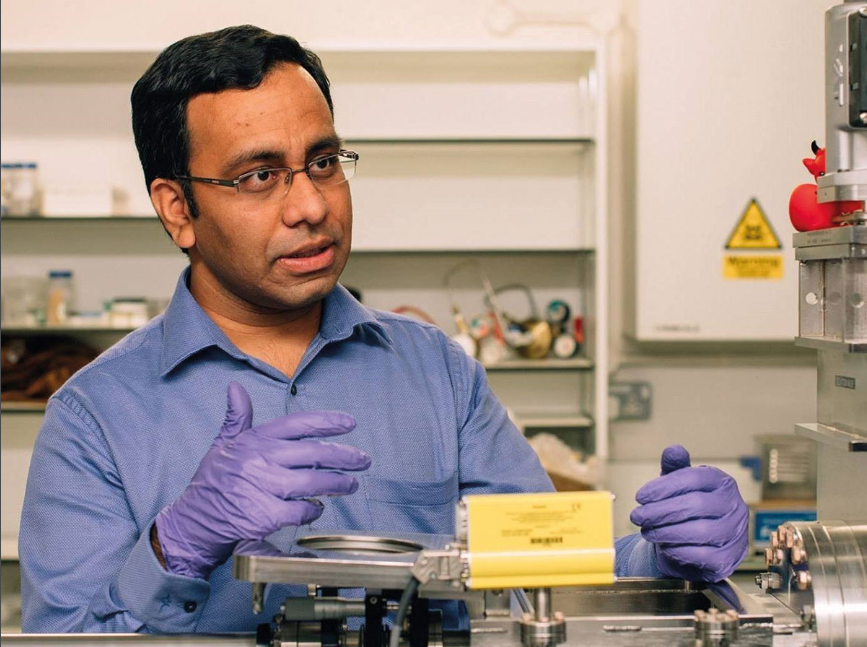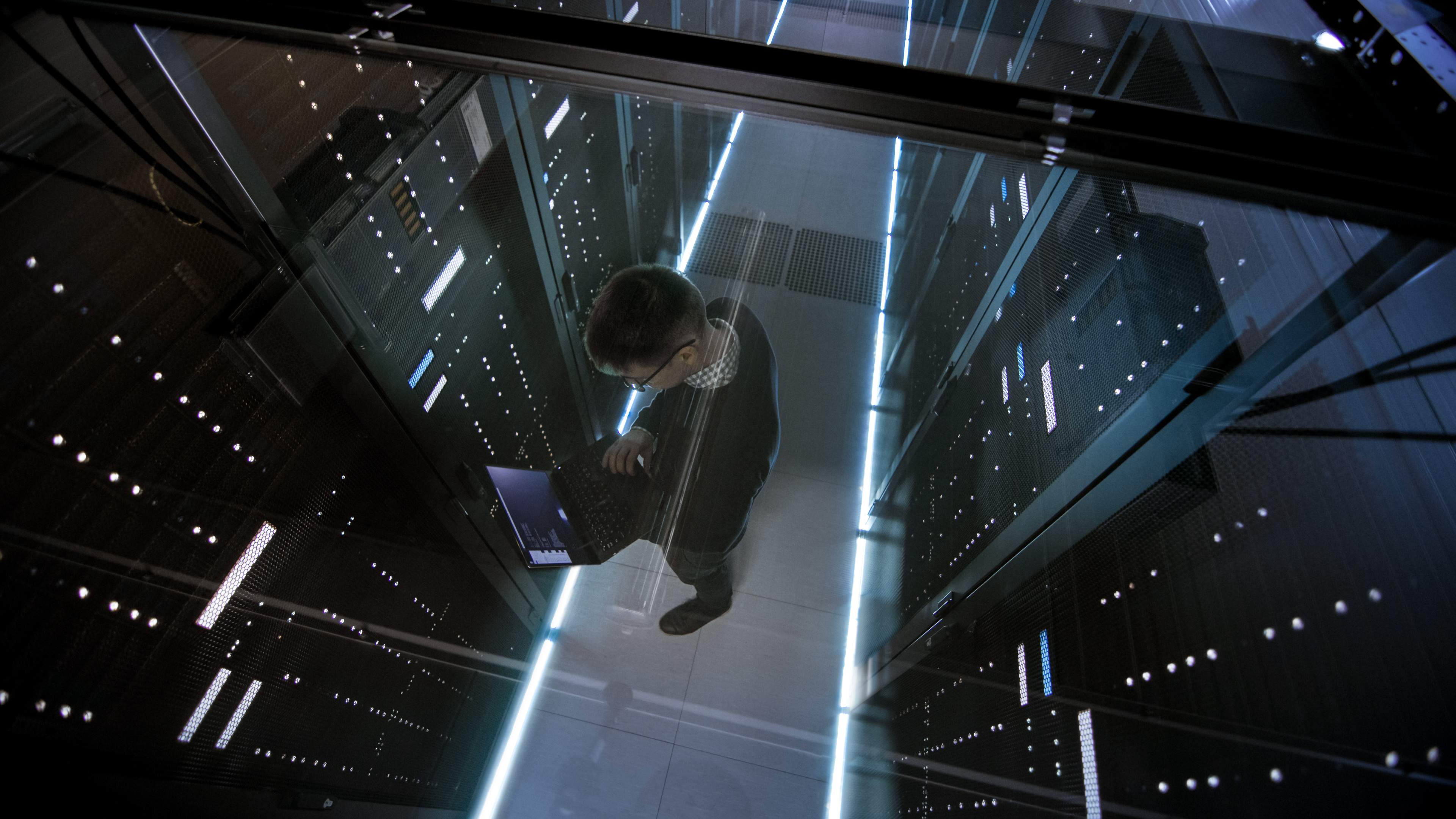The research, primarily led by Dr Niladri Banerjee, of Loughborough University's Department of Physics, Professor Mark Blamire of the University Cambridge and Professor Jacob Linder of the Norwegian University of Science and Technology, demonstrated a unique system where superconductivity, magnetism and spin-orbit coupling coexist.
This novel system opens up a new direction of research in superconducting spintronics.
The emerging field of superconducting spintronics marries superconducting electronics and room temperature spintronics – two concepts already used in computing, but has proven extremely difficult to combine.
:: Read Dr Niladri Banerjee's article about spintronics in Physics World
The first element of this union, superconducting electronics, relies on superconductors where current flows without resistance – no heat dissipation – so a supercomputer built entirely on superconductors, will be nearly dissipationless.
“The problem is,” said Dr Banerjee (pictured below). “Superconducting electronics is limited in terms of functionality and scalability - not all its components can be made very small, and is a bottleneck to the ever-decreasing size of computer circuits.
“The second half of the partnership, room temperature spintronics, uses electrons’ ‘spins’ rather than its charge to store and process information. The spin is an intrinsic angular momentum of the electron and can point ‘up’ or ‘down’.
“This property can be utilised to store binary information in the electron spin.”

Dr Banerjee of Loughborough's School of Science
The ability to store, process and manipulate information using spins not only adds exciting functionalities but reduces heat dissipation – although still significantly higher than superconductors.
Components based on spintronics is already commercially available – the sensor reading information from a computer hard drive is based on this technology.
Superconducting spintronics could potentially enable engineers to reap the benefits of the two fields at the same time:
Make the computation process ultra-low dissipative
Retain the power to make devices with novel functionalities and make them smaller
However, to bridge the two, some very delicate and complex magnetic alignments are needed.
Dr Banerjee said: “Our breakthrough has dramatically simplified the structure - opening the door to thinking towards practical applications.
“Instead of using the complex alignment of several magnets required to form the bridge between superconductivity and spintronics, we have shown that similar effects could be achieved by using a single magnet and a subtle relativistic effect called spin-orbit coupling.”
Spin-orbit coupling is a very weak effect and couples the electron’s spin with its motion around the nucleus of an atom.
To achieve this, the researchers deposited atomically thin layers of platinum at the interface between the superconductor (niobium) and the magnet (cobalt), managing to confine this spin-orbit coupling at the interface between these two materials.
Intriguingly, this combination of spin-orbit coupling, superconductivity and magnetism allows the superconductivity to be controlled by the magnetisation direction of a single magnet.
This effective communication between superconductivity and magnetism is akin to forming the bridge between the two and dramatically simplifies the structures needed to make useful circuit components in superconducting spintronics.
Dr Banerjee said, “Our work goes much beyond practical applications and provides an ideal system to study entirely new phases of matter.
“This novel form of superconductivity coexisting with magnetism and spin-orbit coupling does not occur naturally in elements and compounds.’’
Read the paper here.
